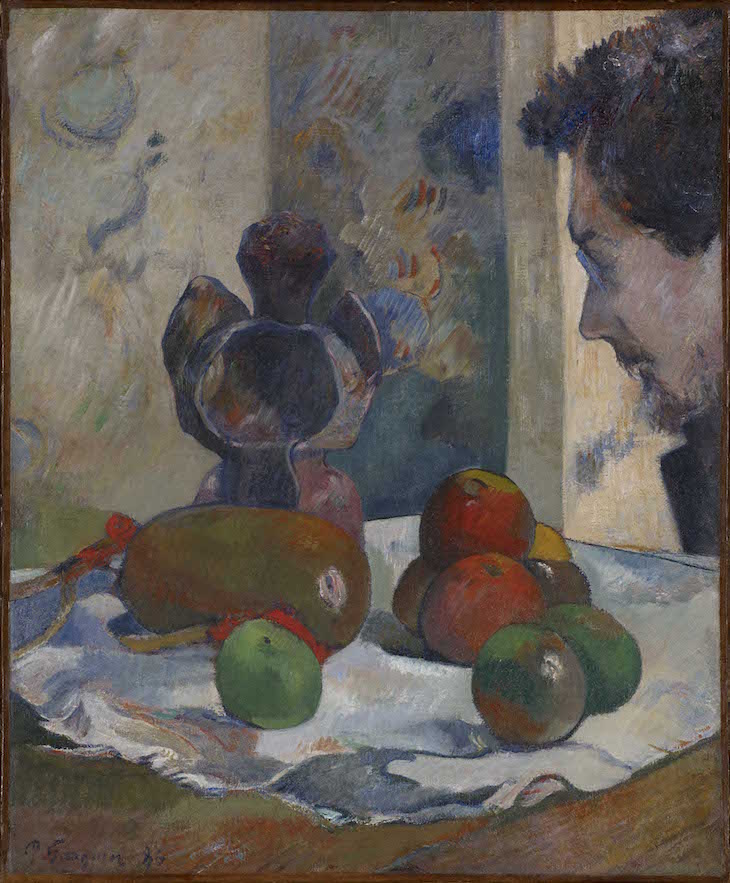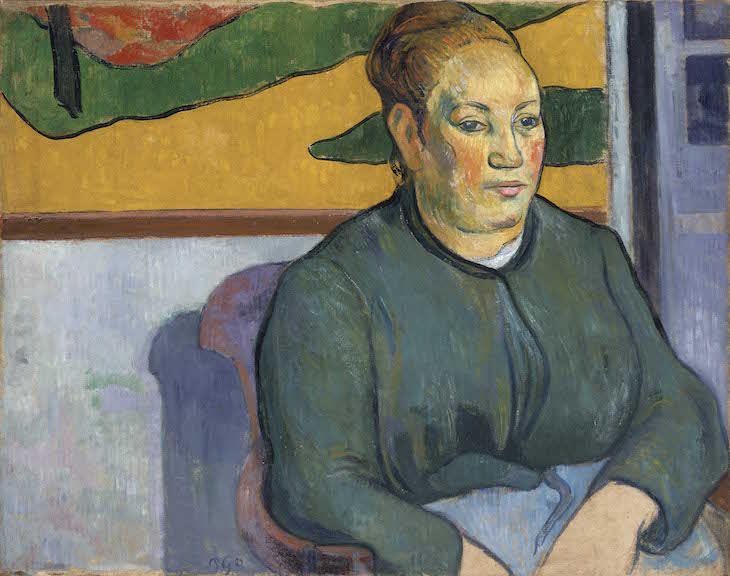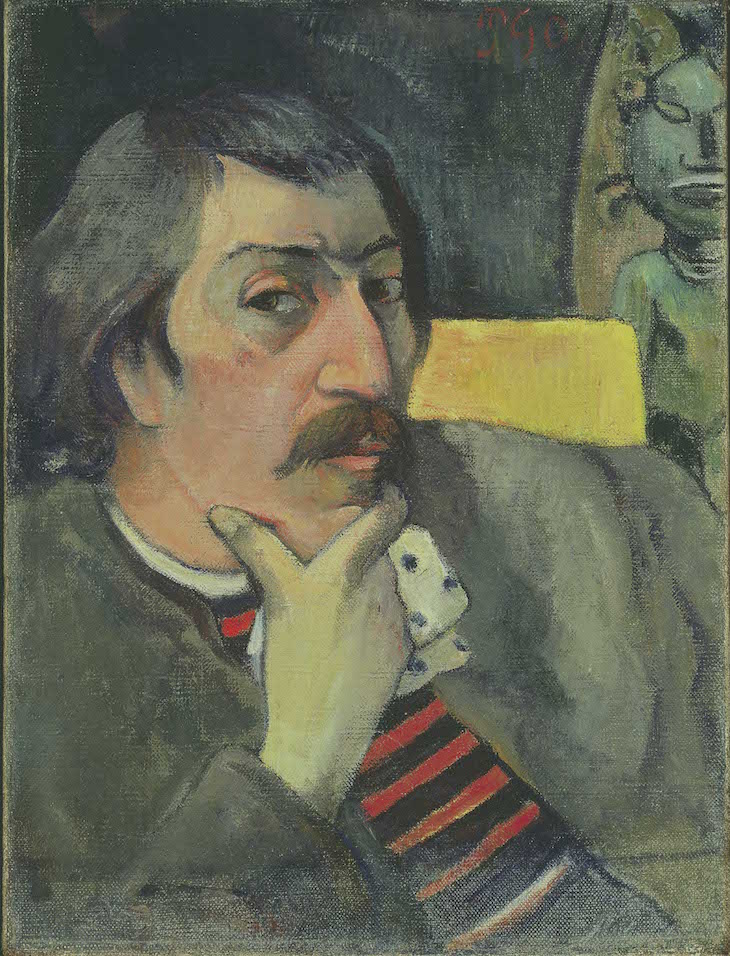The life of Paul Gauguin can be traced through his portraits of others – from fellow artists in Paris and Pont-Aven in the 1880s to working-class families in the south of France during his ill-fated sojourn with Vincent van Gogh, to the inhabitants of French Polynesia, where Gauguin lived for the last decade of his life. The exhibition, which has been co-organised with the National Gallery in London, is the first to focus on this genre for the artist; it comprises some 70 works, spanning painting, drawing and sculpture. Find out more from the National Gallery of Canada’s website.
Preview the exhibition below | View Apollo’s Art Diary here

Still Life with Profile of Laval (1886), Paul Gauguin. Indianapolis Museum of Art, Newfields
Gauguin met Charles Laval in Pont-Aven in the summer of 1886, taking the younger artist under his wing as a pupil. The following year the two travelled together to Martinique, in a prelude to Gauguin’s Tahitian voyages of the 1890s. Here Laval – shown in awkwardly cropped profile – scrutinises an amorphous ceramic sculpture by Gauguin that rises above a still-life composition of fruits.

Portrait of Madame Roulin (1888), Paul Gauguin. Saint Louis Art Museum
This portrait of Augustine Roulin – the wife of the Arlésienne postman Joseph, whom Van Gogh painted several times during his time in the south of France – is an example of Gauguin’s experimentation with the new style of Cloisonnism, characterised by sharply demarcated sections of vivid, conflicting colours. Here, Augustine gazes into the middle distance, with an air of psychological detachment from her surroundings – a common feature of Gauguin’s portraits.

Melancholic (Faaturuma) (1891), Paul Gauguin. Nelson-Atkins Museum of Art, Kansas City. Photo: Nelson-Atkins Media Services/Chris Bjuland and Joshua Ferdinand
In 1891Gauguin embarked on the first of his fabled voyages to Tahiti, financed by a successful auction of his paintings at Hôtel Drouot. He had hoped to distance himself from all that seemed ‘artificial and conventional’ in European society, but on arrival at his imagined exotic paradise he found himself disappointed by reality. Setting up his studio in a small village some 45 kilometres away from the French colonial capital of Papeete, Gauguin painted a series of portraits and landscapes recording his impressions of Polynesian culture and the changes it was undergoing. This portrait probably depicts Teha’amana, the young Tahitian girl whom Gauguin took as his vahine (bride).

Self Portrait with Idol (1893), Paul Gauguin. McNay Art Museum, San Antonio
In this self-portrait, a dapper, mustachioed Gauguin – dressed in a heavy jacket that seems more suited to Paris in winter than the tropical Tahitian climate – looks askance at the viewer, as though he has just been interrupted. Behind him can be glimpsed a Tahitian idol: the goddess Hina.











![Masterpiece [Re]discovery 2022. Photo: Ben Fisher Photography, courtesy of Masterpiece London](http://www.apollo-magazine.com/wp-content/uploads/2022/07/MPL2022_4263.jpg)
Has arts punditry become a perk for politicos?